An earth drill is a robust tool designed for making holes in the ground with precision and efficiency. This equipment, powered by various types of engines, is essential for tasks such as tree planting, construction, and landscaping. With a range of applications and designs, the earth drill is a versatile and indispensable tool for businesses in various industries.
Types and Characteristics of Earth Drills
Earth drills come in various forms, each with unique characteristics to suit different drilling needs. The stihl auger drill, for instance, is renowned for its reliability and is often used in tougher soil conditions. On the other hand, a makita earth auger is praised for its battery efficiency, suitable for areas where petrol fumes are a concern. The petrol post hole auger remains a popular choice for its portability and power, ideal for remote locations without access to electricity. For deeper drilling requirements, heavy-duty models like the petrol hole digger are preferred for their extended reach and strength. Smaller models, such as the petrol post hole diggers, offer agility and ease of use for quick tasks like setting up a mailbox or a basketball hoop. The earth auger drill can also come with various attachments, such as the earth auger bit or ground auger drill bit, which are selected based on the specific project requirements, such as soil composition and hole size.
Structure and Operation of Earth Drills
The structure of an earth drill is a marvel of engineering, consisting of several key components that work in unison. At its core, the motor—be it electric, petrol, or battery-powered—drives the gearbox, which in turn rotates the earth auger drill bit. This bit is the business end of the machine, designed to penetrate the ground with minimal effort. The motor's power is optimized through the gearbox to provide torque over speed, which is essential for the drilling action. High-grade bearings and gears ensure smooth operation and longevity, while the robust housing protects the components from the harsh underground environment. The handle or framework that users interact with is also a critical part of the structure, often designed to minimize vibration and maximize control during the drilling process. The throttle and safety switches are ergonomically placed to ensure ease of use and safety.
Materials and Engineering
The choice of materials in an earth drill is critical for its performance and durability. The drill bits, often made from carbon steel or stainless steel, are designed to withstand the stress of drilling into various soil types. These metals are chosen for their strength, resistance to wear, and longevity. The body of the drill is typically constructed from a combination of metal and high-impact plastic, which provides a balance between durability and weight, making the drill easier to handle and maneuver. The use of plastics also offers resistance to corrosion and weathering, which is particularly important for tools that are frequently used outdoors and exposed to the elements. The handles may be reinforced with rubber or other composites to provide a comfortable grip and reduce user fatigue during operation.
Business Usages and Applications
In the construction industry, an earth drill is indispensable for creating foundations for posts, fences, and signs. In agriculture, drills such as the post hole earth auger are used to prepare the land for tree planting and vineyards. Landscaping businesses rely on these tools for creating uniform holes for planting and irrigation systems. The efficiency and precision of earth drills have revolutionized these industries, turning what was once a labor-intensive task into a quick, easy, and profitable operation. In the realm of home use, DIY enthusiasts find the petrol post hole drills particularly useful for personal projects like constructing decks or erecting privacy screens. The ability to quickly and accurately dig holes not only saves time but also ensures structural integrity in these applications.
Functions and Tasks
An earth drill is designed to perform a variety of tasks. From drilling simple holes in a backyard for fencing to powering through tough earth in a commercial farm for planting, the drill's functions are many. Specialized bits like the earth auger drill bit can be used for softer soils, while more robust ground auger drill bits are available for rocky or clay-heavy soils. The versatility of the drill is further enhanced by the variety of bit sizes, allowing for different hole diameters. The drills can also be equipped with extensions to reach greater depths, making them suitable for a range of projects from installing residential fence posts to commercial light poles.
Features and Unique Selling Points
The features of an earth drill are what set it apart in a competitive market. For instance, drills with an ergonomic design reduce user fatigue, while models with advanced vibration reduction technology offer increased comfort during extended use. The stihl earth auger drill is known for its easy-start function, which is a significant advantage on cold mornings or in high-altitude locations. Additionally, the availability of interchangeable bits and extensions adds to the versatility and adaptability of the drill to various tasks and conditions. Some models boast features like anti-kickback systems for enhanced safety, or variable speed controls for precision drilling. The unique selling points such as high operate efficiency, ease of operation, and long service life are often highlighted to attract buyers who are looking for reliable and effective drilling solutions.
Benefits and Improvements
The benefits of using an earth drill are manifold. Efficiency is significantly improved, as what used to take hours with manual digging can now be accomplished in minutes. The precision of the drill ensures that each hole is consistent, which is particularly important in projects requiring uniformity, such as fencing. Safety is another key benefit, as the drill eliminates the need for strenuous manual labor, reducing the risk of injury. The environmental impact is also considered, as electric models offer a cleaner alternative to petrol-powered drills. The overall improvements in productivity, safety, and environmental impact make the earth drill an invaluable tool for a wide range of users.
How to Choose the Right Earth Drill?
Selecting the right earth drill involves assessing the job requirements and matching them with the drill's specifications. Consider the soil type, hole depth and diameter, and the frequency of use. For occasional light work, a smaller, electric model may suffice. For more demanding tasks, a petrol post hole model with a larger engine displacement would be more suitable. Always check the compatibility of the earth auger drill bit with the drill model to ensure optimal performance. It's also important to consider the ergonomics of the drill, as well as any additional features that may be beneficial for the intended use, such as quick-stop brakes or reversible drilling capabilities.
What After-sales Services Are Available?
After-sales services for earth drills vary, with options like online support, video technical support, and field maintenance. Some suppliers on Alibaba.com offer comprehensive services, including engineers available to service machinery overseas. It's important to inquire about the availability of spare parts and the duration of the warranty period to ensure that the drill can be maintained and serviced for its full lifespan.
How to Ensure Longevity and Maintain Your Earth Drill?
Maintaining an earth drill involves regular cleaning, proper storage, and timely replacement of parts like the soil auger drill bit. Adhering to the maintenance schedule recommended by the manufacturer will ensure the longevity and optimal performance of the equipment. Regular checks of the engine, gearbox, and drill bits for wear and tear can prevent breakdowns. Lubrication of moving parts, proper tensioning of belts, and sharpness of the drill bits are also crucial for maintaining the drill's efficiency and safety.




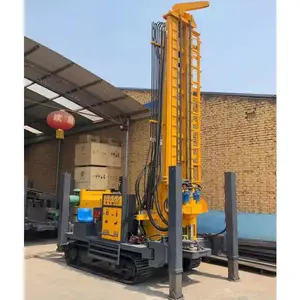

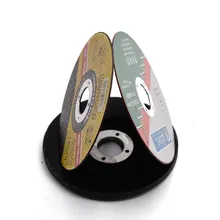

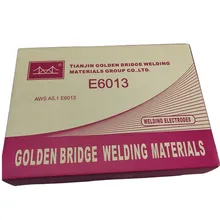
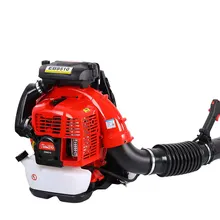
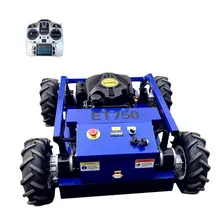
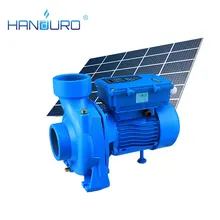

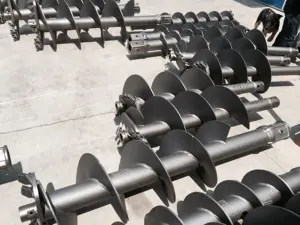

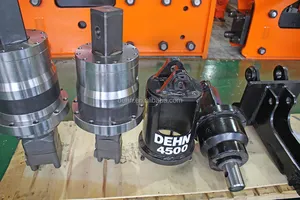
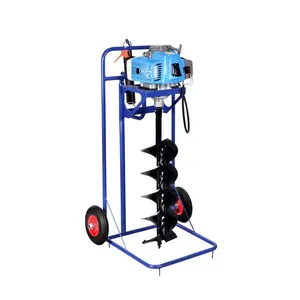

























 浙公网安备 33010002000092号
浙公网安备 33010002000092号 浙B2-20120091-4
浙B2-20120091-4